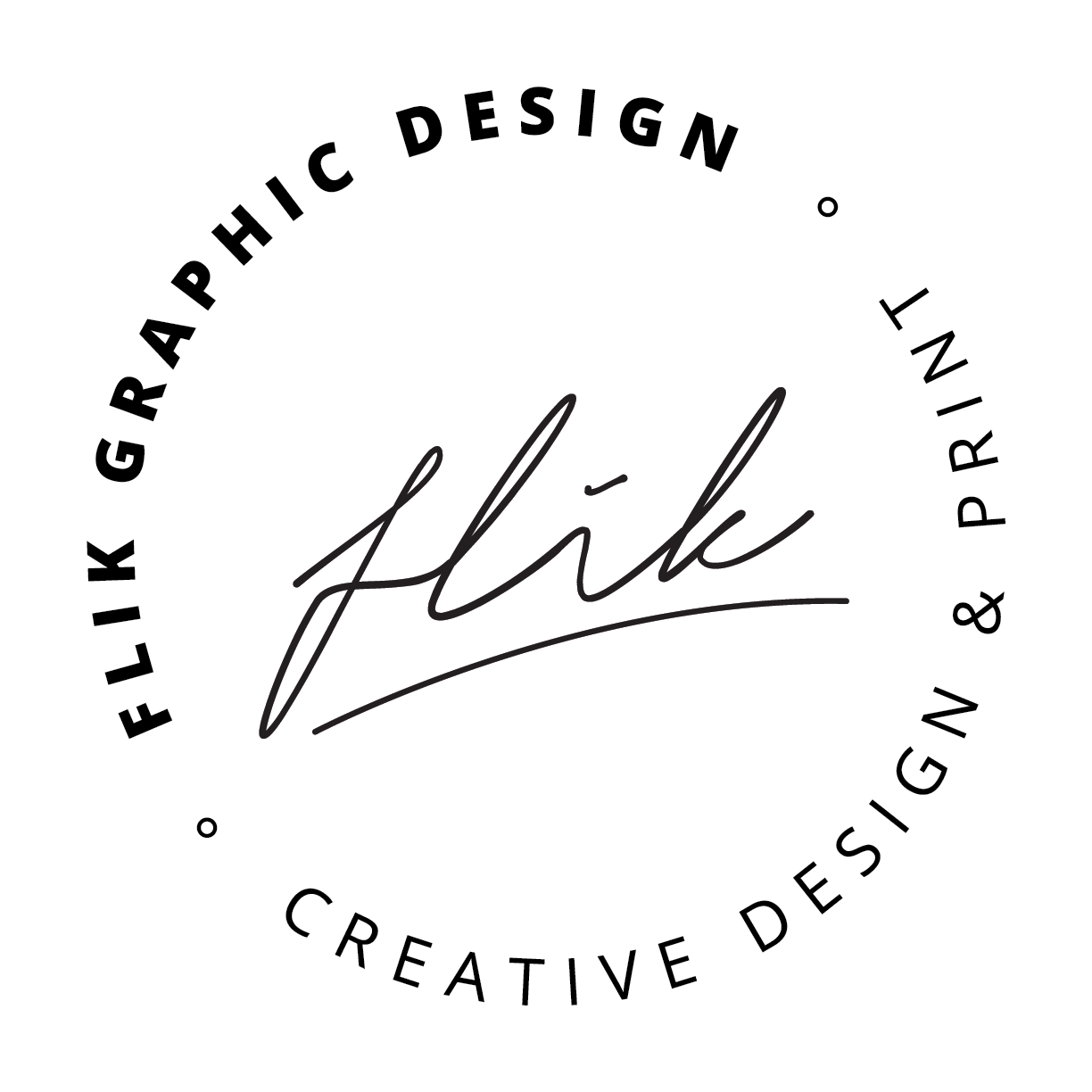Re-branding is a BIG job and the decision to re-brand should not be taken lightly. The following questions will help you to get really clear on your reasons for re-branding, what will be involved, and will help you decide whether or not a re-brand is the right choice for your business.
1) What is your current brand identity?
Firstly you should start by doing on stocktake on your current branding. This should not only include the elements that make up your visual identity (eg. logo), but also all the places where these items are used (eg. signage). If you’ve got a small business you may just have a logo and business cards, that’s going to be an easy re-brand. But maybe you’ve also got a website, custom printed packaging, brochures, business cards and uniforms for 25 employees, a shop fit-out and several years of perfectly on-brand content marketing. Is updating or replacing all of these items going to be a viable option?
2) How much will a re-brand cost?
Following on from the previous question, take your list and calculate the rough cost of replacing or updating each item with your new branding. And that’s just the monetary costs. What about the cost of losing your existing brand equity? In other words, how many people are already familiar with your existing branding? If you re-branded how many existing customers do you risk losing because they no longer recognise your brand?
3) Why do you want to re-brand?
It’s important to be really clear on your reason for wanting to re-brand. Do you just not like your current brand? Maybe you did it yourself and now you want something done professionally? (FYI I’ve seen plenty of fantastic DIY logos, so this is not necessarily a reason to re-brand). Is a stockist pressuring you to re-brand? Is your existing branding holding you back, or not attracting your ideal clients? Maybe your business has evolved or changed direction. Perhaps you’ve got a fantastic logo, but your lacking other branding elements such as fonts and colours (in this case perhaps a brand update would suit your needs rather than a full re-brand).
4) Can you afford a re-brand? And will a re-brand be the best use of your funds?
The costs to re-brand can really add up. Will you work with a brand strategist to get really on your brand before you start the design process? There’s the cost for a brand designer to create the brand visuals, and then all of the brand collateral items such as business cards, signage, uniforms, and car wraps. And then there’s the incidental costs. If you change brand colours and have to close down your shop to re-paint, how much is that going to cost you in lost sales? The money that you’ll spend on a re-brand – will that be the best use of your funds? Could it be better spent on advertising or product development?
5) Do you have time to re-brand?
Re-brands can be extremely time consuming. Do you have time to go through the initial planning process, get really clear on your brand objectives, and oversee the brand development process? And once you’ve got your new brand, do you have time to oversee the updates across all of your brand collateral? And what about the marketing you’ll need to do to introduce your new branding? How will that fit into your marketing schedule?
6) Who is your ideal customer? Do you have an ideal customer profile (ICP)?
This is a critically important question to answer because your ideal customer is who your re-brand will be created for. This is who your re-brand will speak to. It’s impossible to create an effective brand identity without being crystal clear on every aspect of your ideal customer. If you don’t already have an ICP, please get one ASAP!
7) Where do you see your business in 10 years?
What are your long-term aspirations for your business? Your branding should be designed to grow with your business, getting really clear on where you see your business heading will help to create a brand that will continue to serve your business for years to come. And will help you to avoid having to do another re-brand a couple of years down the track!
8) What elements of your current branding work well? Is there anything that you want to keep?
It’s important to identity the positive elements of your existing branding. These are elements that you may be able to keep if you re-brand, or will at least give your designer something to draw inspiration from. For example, maybe you don’t have a brand colour palette (usually 4-6 colours) but you’ve been using the colours in your logo and they’re working well. This is very useful information for your brand designer to know because you may benefit from including these colours in your new colour palette.
9) What DON’T you like about your current branding?
Following on from the previous question, it’s also important to be able to identify things you don’t like or aren’t working for your current brand. This lets you know what areas of the brand need the most attention, and lets your designer know what to avoid! Maybe you love the look of your logo on its own, but it lacks usability, so when you try to use it (eg. on packaging) it just doesn’t seem to work.
10) What do other brands with the same ideal customer as yours do?
These brands may be your competitors or they may be different businesses that happen to have the same ideal customer as you (side note – keep these guys in mind for future collaborations and strategic alliances!) . You can learn a lot from looking at other brands that are already doing a brilliant job of reaching your ideal customer. What does their branding look like? And how does it differ from yours? What can you learn from them?


